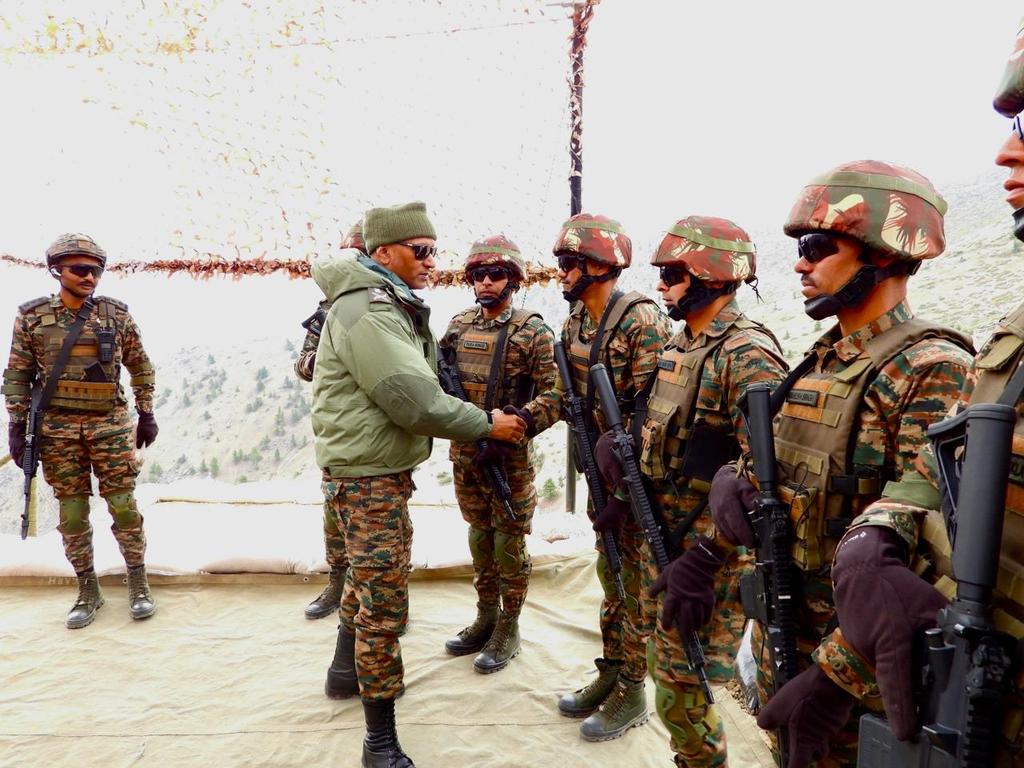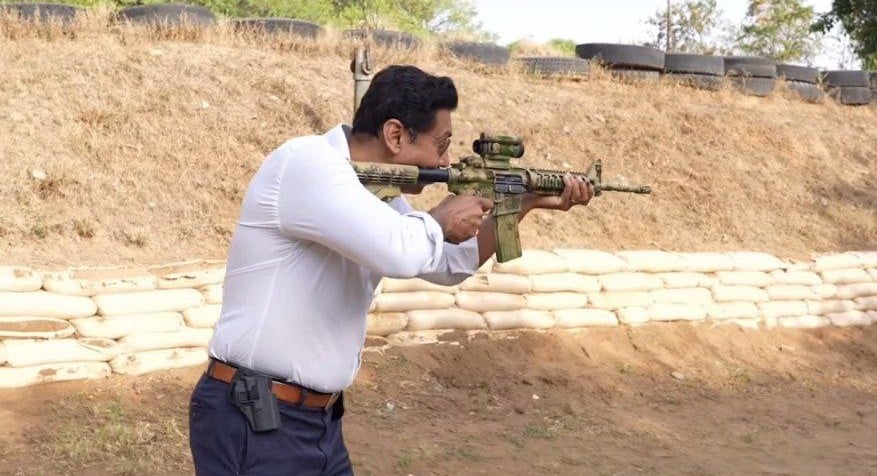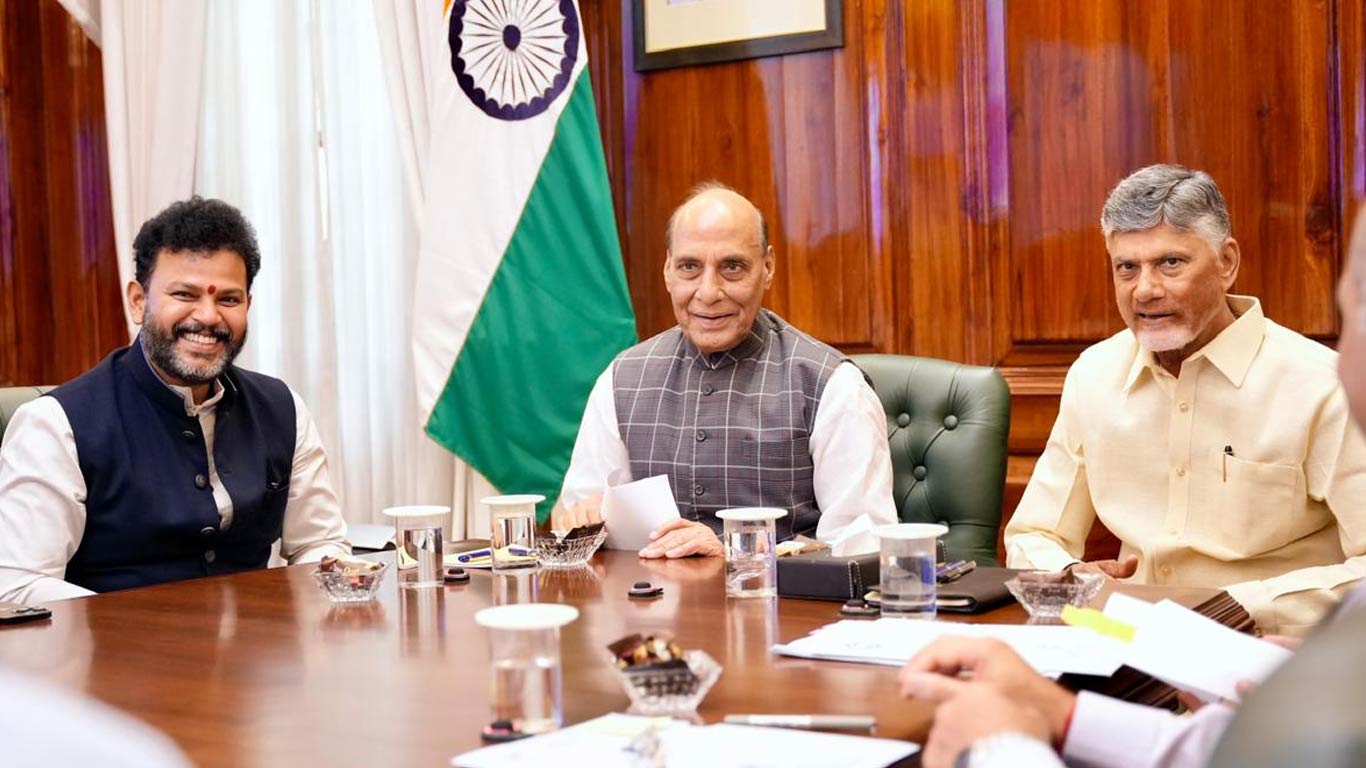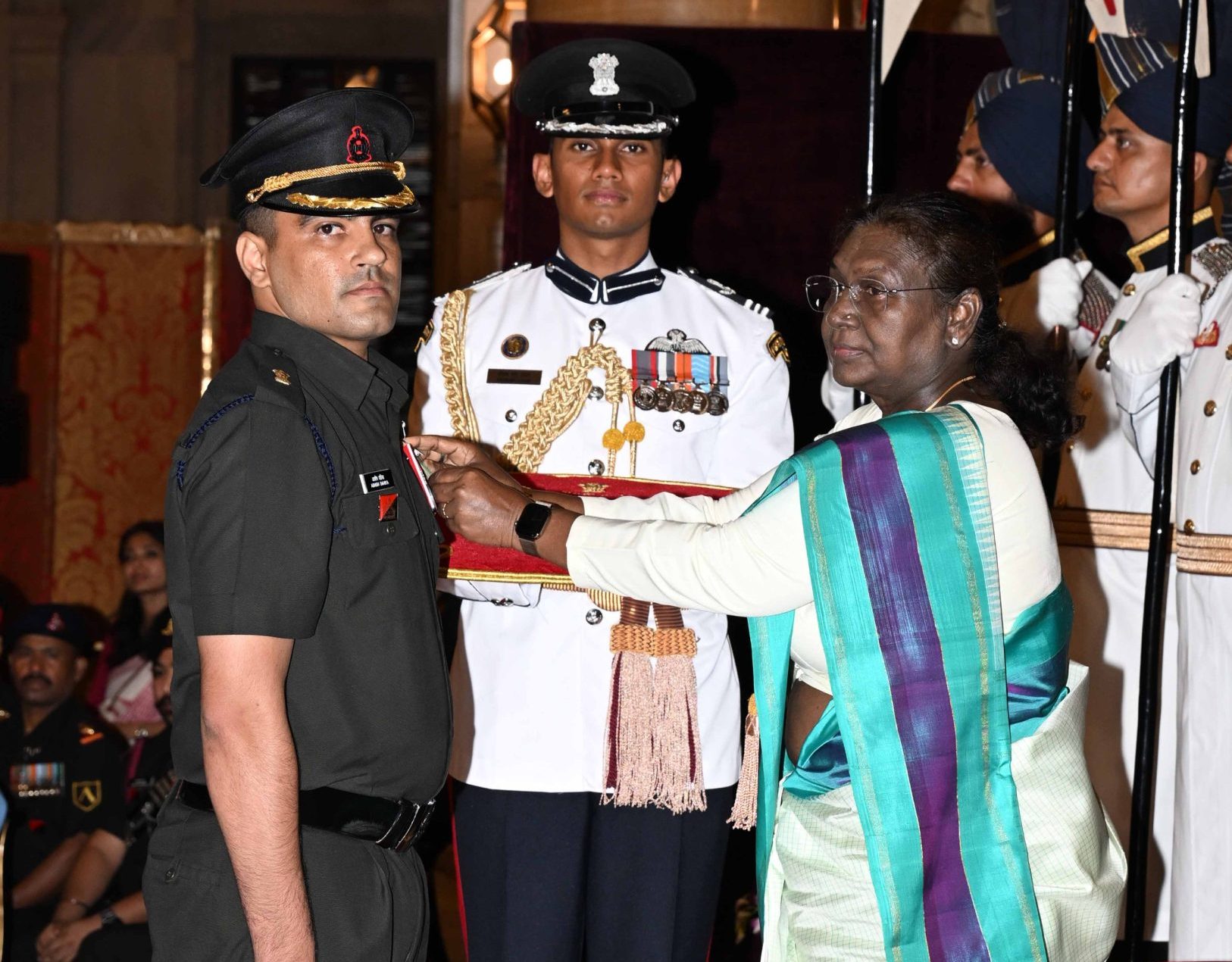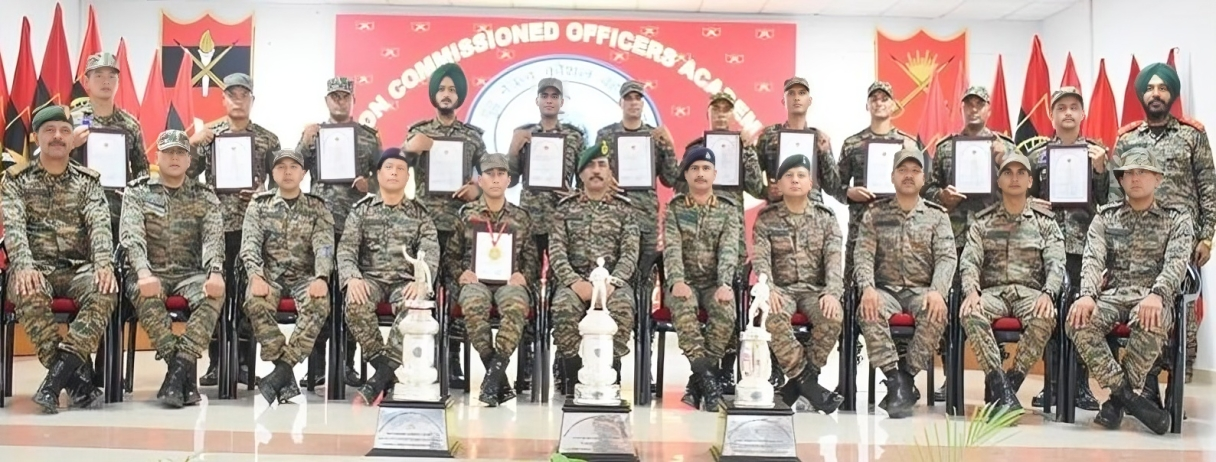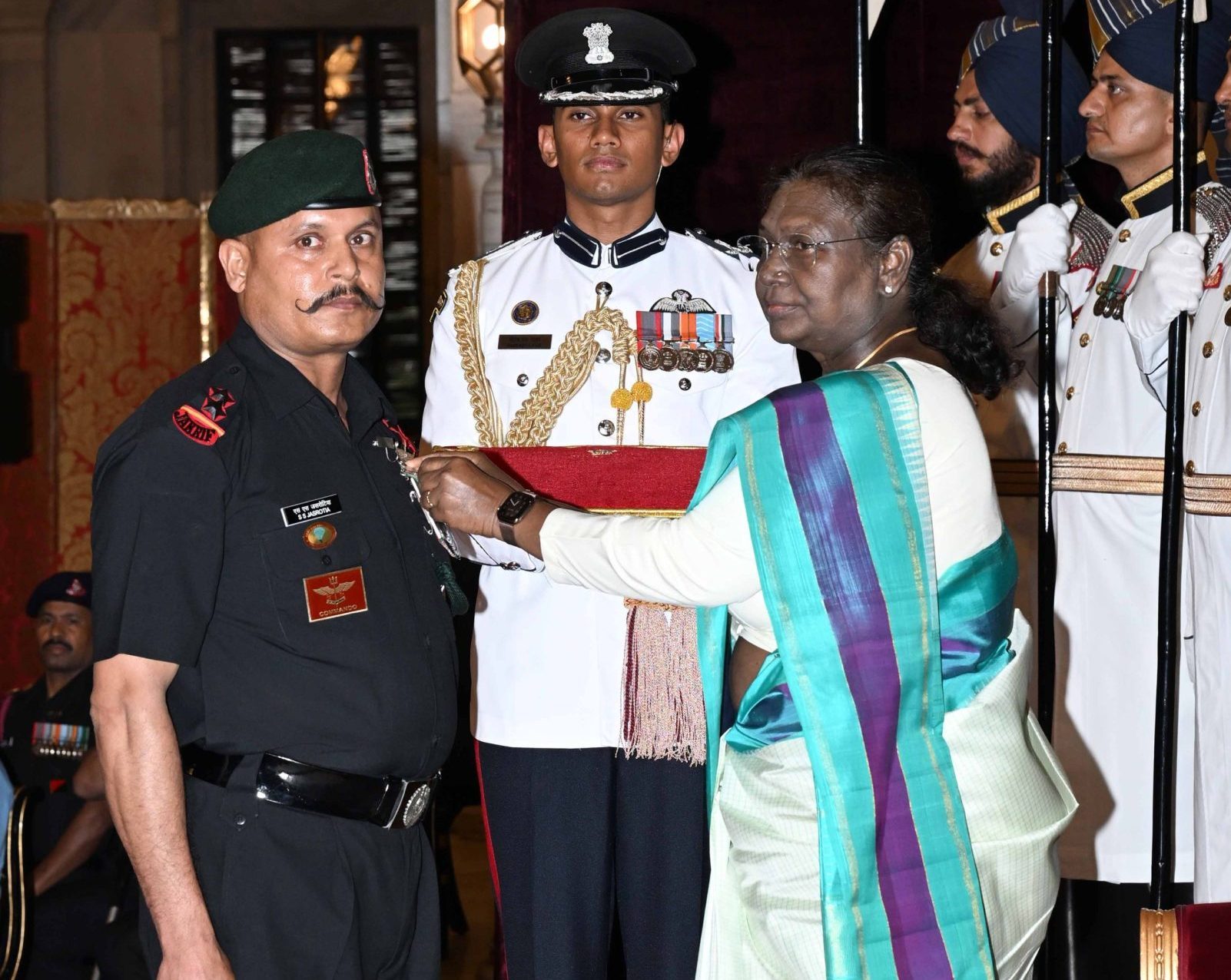GOC Northern Command Reviews Readiness of Fire & Fury Corps Amid Tensions
In a crucial move reflecting India’s heightened military alertness, Lieutenant General Pratik Sharma, the newly appointed Northern Army Commander, visited…
Colonel (Retd) Rajyavardhan Rathore Revisits Roots with 3 Para SF at Military Firing Range
Colonel (Retd) Rajyavardhan Singh Rathore, an Olympian and former Indian Army officer, paid a special visit to the Indian Army’s…
Naidu Urges Centre to Back Defence and Aerospace Projects in Andhra Pradesh
Andhra Pradesh Chief Minister N. Chandrababu Naidu has urged the Union government to support a series of defence and aerospace…
50 Rashtriya Rifles Major Ashish Dahiya Awarded Shaurya Chakra for Heroic Counter-Terror Operations in Pulwama
In a solemn ceremony at Rashtrapati Bhavan, President Droupadi Murmu awarded the Shaurya Chakra to Major Ashish Dahiya of the…
Indian Army’s NCO Academy in Dhana Concludes Combat Leadership Course with Hav Chhabilal Khatri Named Best Student
On May 24, 2025, the Non-Commissioned Officers (NCO) Academy at Dhana, operating under the Army Training Command (ARTRAC), successfully concluded…
Subedar Sanjeev Singh Jasrotia Awarded Shaurya Chakra for Bravery in Baramulla Operation
Subedar Sanjeev Singh Jasrotia of the 5th Battalion, Jammu and Kashmir Rifles, was awarded the Shaurya Chakra by President Droupadi…

